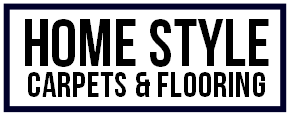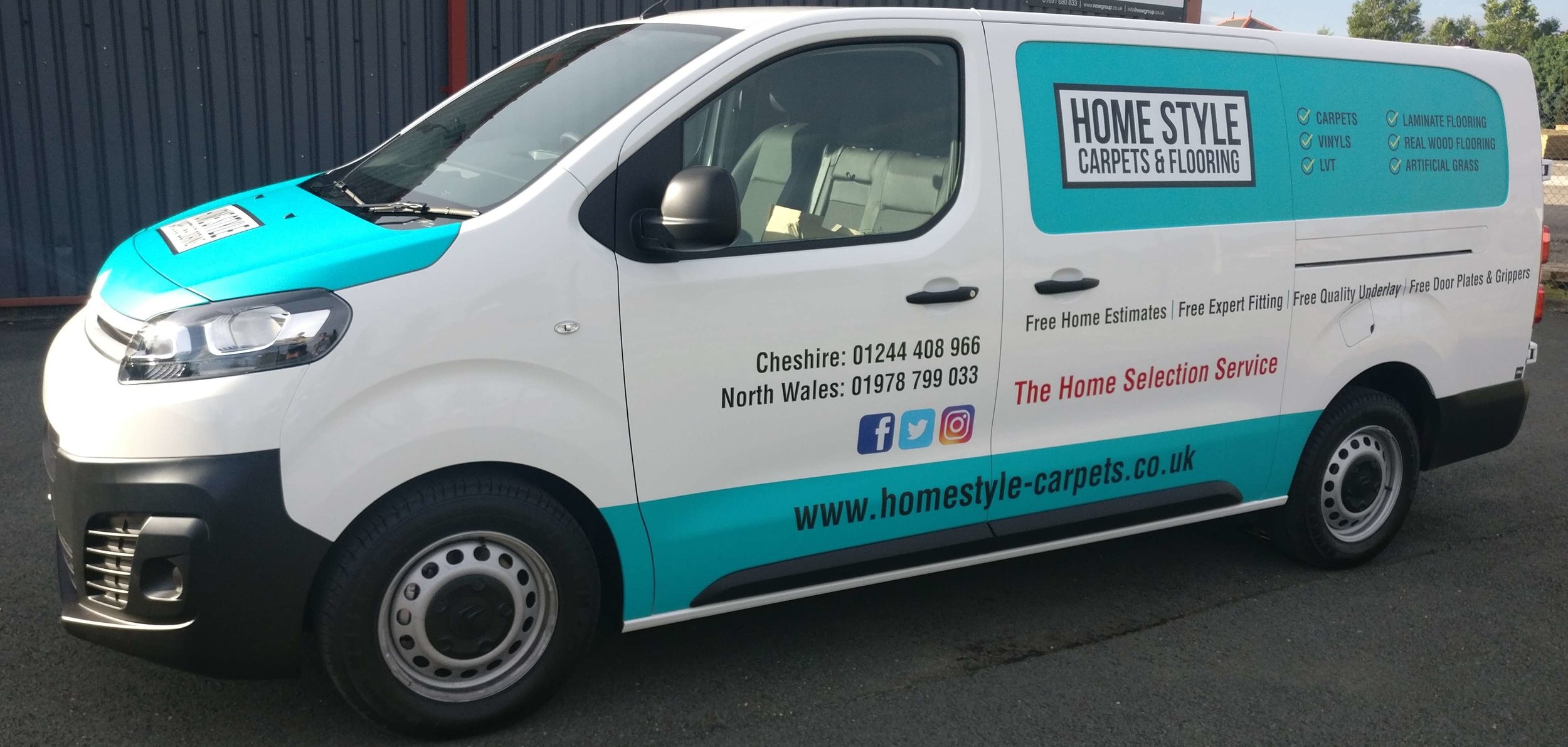Although it is sometimes dismissed as a dull colour, grey is actually a surprisingly popular choice for the walls of both homes and businesses. In fact its status as a ‘neutral’ shade is a big part of the reason why so many people choose to have plain grey walls. That neutrality means that it is able to blend with furnishings of different colours within a room, making it a highly adaptable choice.
One of the parts of a room that has to work well alongside the walls is the floor. That means you need to choose a type and shade of flooring that will not clash with your grey walls, so what are the best floor colours to pick for that?
Warm or cool grey?
You may have heard about warm and cool colours. The terms refer to the place a shade has within the colour spectrum made up of primary and secondary hues. The colours classed as ‘warm’ are brown, red, orange and yellow, while neutral shades like white or grey can also be warm if they have hints of any of those four hues in them.
The ‘cool’ colours are blue, green and purple and, again, neutral shades with a hint of any of these are also classed as cool. As a neutral colour, grey can be either warm or cool and whether you select a warm shade of grey or a cool one will have an impact on what floor colour works best. It is possible to mix up warm and cool colours, but most people prefer to stick with one or the other.
Floor colours that work well with warm grey walls
Light brown
Brown is a warm colour and light brown floors are most likely to be made out of treated or natural hardwood. They are an excellent complement to warmer grey wall tones and will give a room a country, rustic sort of feel that many find appealing. Furthermore, if the room in question is quite small, light brown flooring will help to create a sense of space.
It also shows fewer scratch marks than a dark brown wood floor – which is great if you have pets.
Dark brown
If you do not have pets and have selected light, airy grey walls with hints of yellow, a dark brown floor will provide an ideal contrast. It will balance out the wall colour and create feelings of security and safety. Another plus point of dark brown wood is that it absorbs the sun better than light wood, so there is less risk of it fading over time.
Avoid dark brown if you have darker grey walls though, as that will make the room feel like it is closing in on you.
Black
A floor made out of a warm-toned black marble will work particularly well alongside light but warm grey walls. Again, it will provide valuable contrast and add to the character and depth of the room. It is best chosen if the room is fairly large though, as dark-coloured floors have the visual effect of making rooms seem smaller. That can be cosy in a big room, but claustrophobic in a little one.
Floor colours work well with with cool grey walls
Blue
A blue floor made out of either carpeting or another material like vinyl tile will be a great choice if you have cool grey walls. Make the blue a deeper shade than the grey, because the floor colour should always be darker than that of the walls. This helps to add a sense of space to the room and makes it feel more prominent than the opposite.
If you are opting for either blue carpet or tiling, you could choose patterning, but be careful to avoid a clash between the walls and the floors. A pattern that blends the blue with white or grey will be an ideal choice.
Grey?
Yes, it is absolutely possible to combine grey walls with a grey floor! Just make sure that the tone of grey you pick for the floor surface is a cool one with a hint of blue or green in it to match up with the walls. Make it a slightly darker shade too, so that the walls and floor are separated visually and avoid a feeling of blurring and blandness to the eye.
Again, carpets or vinyl tiles will work well if you want to have a grey floor alongside the walls, and both can potentially add some texture through patterning, or through the pile if it is a carpet.
There is no one set colour that you have to pick for your floor if you have grey walls. The best colour will depend on whether they are warm or cool grey, but always choose a floor colour that is darker.

